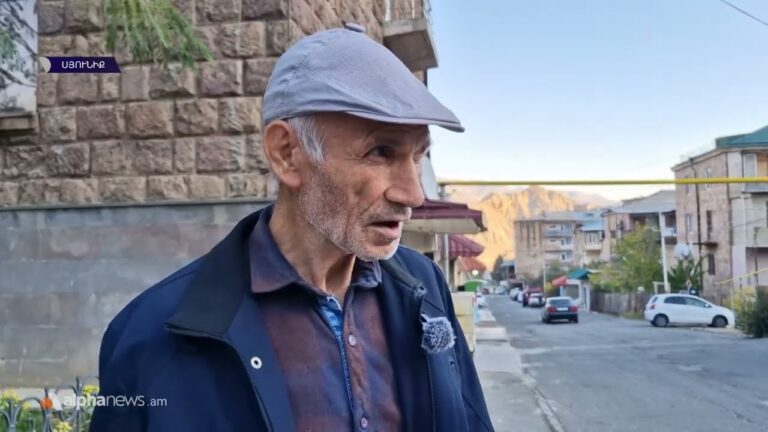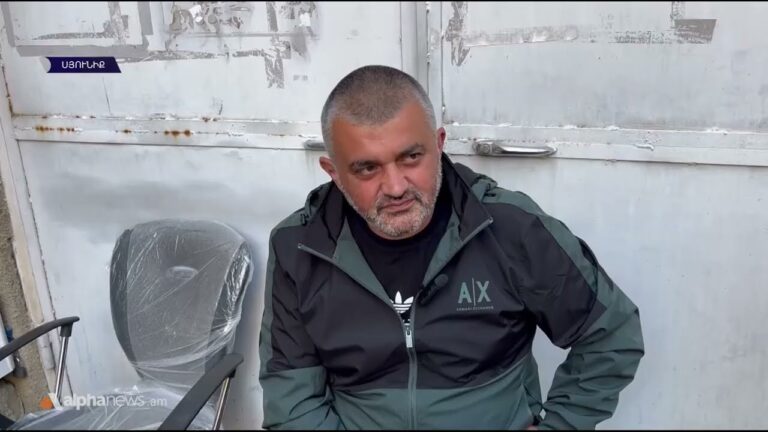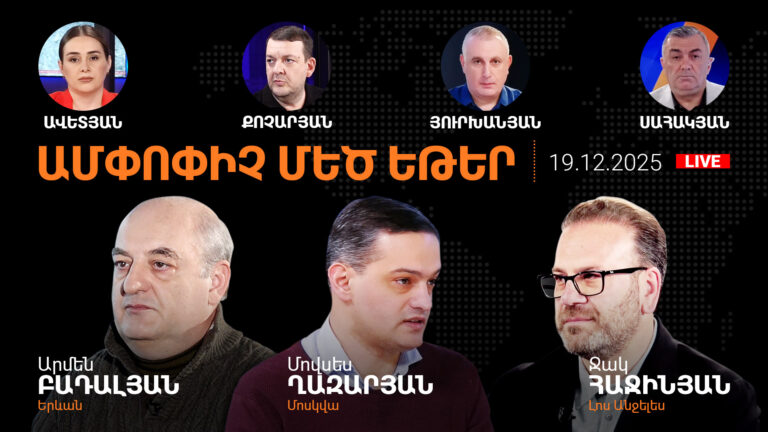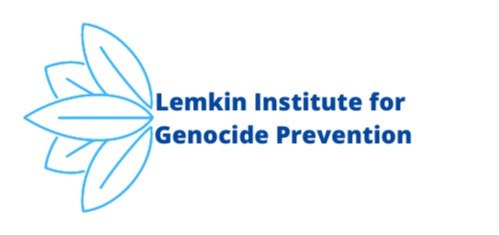Who is the author of the text of the peace treaty between Armenia and Azerbaijan?
November 29 2023, 11:23
Talks about a possible peace treaty between Armenia and Azerbaijan have resumed. According to the Speaker of the Armenian National Assembly, Alen Simonyan, a peace treaty will be concluded in the next 15 days if Azerbaijan wants.
The normalization of Armenian-Azerbaijani relations was also discussed during separate phone conversations between the head of the US State Department, Anthony Blinken, and the leaders of Armenia and Azerbaijan. It is obvious that the topic of a possible peace treaty cannot be overlooked during the discussion.
US Assistant Secretary of State for European and Eurasian Affairs James O’Brien touched upon the same topic in his briefing, noting that Pashinyan showed great courage and made it clear that he wants Armenia to move forward on the issue of opening borders. The American diplomat also noted that, according to him, Pashinyan does not want Armenia to be completely dependent on Russia, and the normalization of relations between Yerevan and Baku will allow Armenia to focus on its economic development, build security relations, and expand trade from Central Asia to Turkiye.
That is, obviously, the behind-the-scenes processes around the signing of the peace treaty “have picked up speed.” However, a question arises: who is the author of the text of the peace treaty? This issue is becoming more relevant given the fact that official Baku refuses to continue negotiations with Yerevan in the presence of mediators. This is an important nuance, since usually mediators receive proposals from the parties on a certain issue, work on these proposals, bring them into a form acceptable to the parties, and, as a result, obtain a set of documents around which the parties continue the negotiation process.
The result is a balanced document. However, when there are no mediators in the negotiations, it means that there is no party working on balancing the document. So, who is working on the text of the peace treaty between Armenia and Azerbaijan?
As you have noticed, Nikol Pashinyan and his team members avoid talking about the text of the agreement and limit themselves to statements that the parties “have agreed on three principles” on the basis of which the document can be signed.
We are talking about the following principles:
* Armenia and Azerbaijan recognize each other’s territorial integrity based on the understanding that Armenia’s territory covers 29.800 sq km and Azerbaijan’s 86.600 sq km;
* the Alma-Ata Declaration should be the political basis for delimitation;
* regional communications should be unblocked on the basis of equality, sovereignty, and reciprocity.
Probably many have forgotten, but in February 2021, official Baku offered Armenia to hold negotiations based on five principles, which were formulated as follows:
* mutual recognition by states of sovereignty, territorial integrity, inviolability of state borders, and political independence of each other;
* mutual confirmation of the absence of territorial claims by states against each other and the acceptance of a legal obligation not to make such claims in the future;
* refrain from threats to each other’s security in international relations, the use of threats and force against political independence and territorial integrity, as well as from other circumstances that do not correspond to the purposes of the UN Charter;
* demarcation of the state border; establishment of diplomatic relations;
* opening of transport links and communications, establishment of other relevant communications and cooperation in other areas of mutual interest.
It is not difficult to notice that the principles of Pashinyan repeat what official Baku stated back in 2021, from which one may conclude that not only the principles but also the text of the peace treaty itself were written by Baku. Do Pashinyan and his government have the opportunity to influence the text of this agreement, or are they busy preparing society for a new surrender?
One can answer this question by looking at the fate of Artsakh, which satisfied only official Baku and Ankara…
Moreover, speaking about a potential peace treaty and its possible consequences, US Assistant Secretary of State James O’Brien stressed that this will allow Armenia to focus on its economic development, build its security relations, and expand trade from Central Asia to Turkiye. Yet another American official says that Armenia should cooperate with Turkiye and Azerbaijan in security, and the “European markets opening for Armenia,” which the Armenian authorities and experts close to them are talking about, are actually the Central Asian markets. It becomes obvious that if Armenian statehood is preserved, the problems related to sales markets will be huge.
Armenia is integrating into the Turkic world, despite the fact that the Turkic world itself is not ready to cooperate with Armenia but is going to absorb it. Pashinyan himself understands that; otherwise, he would not have complained that in Azerbaijan, Armenia is called “Western Azerbaijan”…







